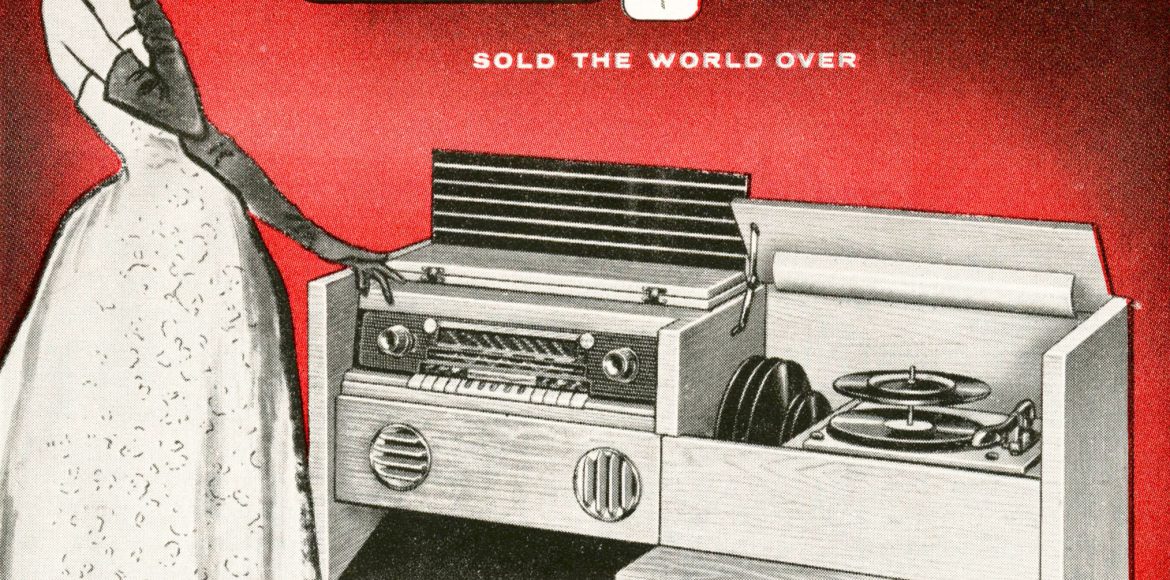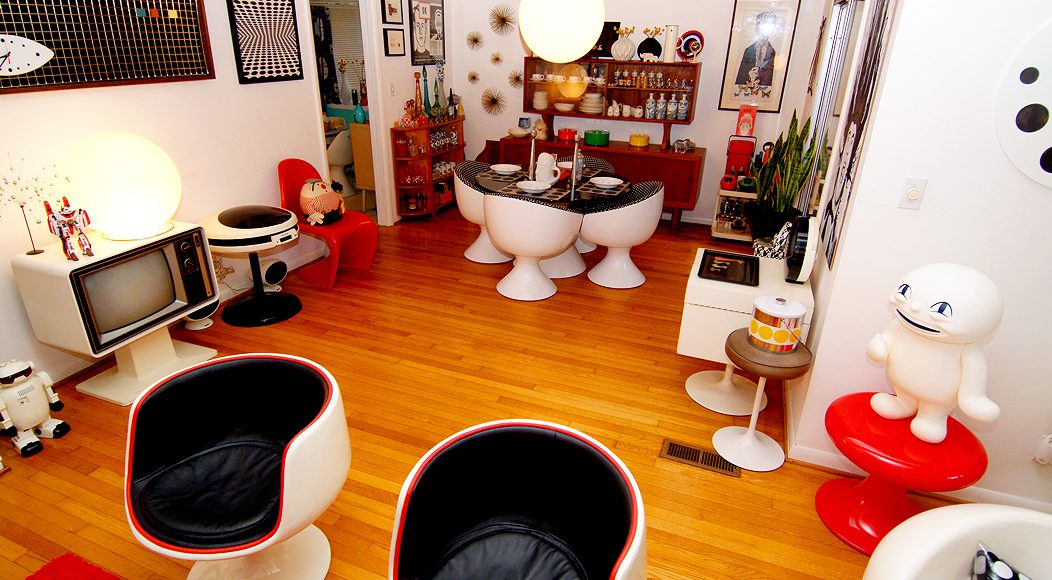![]() The paintings of Harold Hollingsworth are characterized by colorful graphics, rich surfaces and rhythmic playfulness. He credits popular culture as the strongest influence on his work – music, media, art and architecture. In the past, he has used familiar images such as classic croquet balls, vintage modern fonts and numbers, crossed with natural forms found in nature. Recent works are more subtle translations of pop culture, although Harold maintains that art is his way of responding and contributing to the culture of today. Presently hungry for this visual feast; flyers, old weathered ads, walls, buildings with fading paint, and remnants of art movements past are all treats up for grabs.
The paintings of Harold Hollingsworth are characterized by colorful graphics, rich surfaces and rhythmic playfulness. He credits popular culture as the strongest influence on his work – music, media, art and architecture. In the past, he has used familiar images such as classic croquet balls, vintage modern fonts and numbers, crossed with natural forms found in nature. Recent works are more subtle translations of pop culture, although Harold maintains that art is his way of responding and contributing to the culture of today. Presently hungry for this visual feast; flyers, old weathered ads, walls, buildings with fading paint, and remnants of art movements past are all treats up for grabs.
Harold Hollingsworth’s work is a reflection of the shapes, colors and textures that he sees in both his imagination and the material to which he is drawn aesthetically. Often is the case that he paints out of his curiosity to see what something will look like when translated from mind to the canvas.
My process and my finished works are much more dynamic than literally painting the vision I initially had in mind. I start a piece with a vision in mind, but the painting always takes on its own form and may move me in a direction I hadn’t foreseen, which is the driving force really, in the production of the work. I refer to my process as “call-and-response” … I make a move on the painting and then wait to see how it responds, as I can’t always anticipate the way that it will play on the canvas. My subsequent move is then a response to how I perceive the painting reacted. It’s like a chess game between me and the painting.
As an artist, painting is my way of affirming my participation in the culture. Other persuasions to my work come from artists such as Joan Miro, Jackson Pollock, Joseph Beuys, and local greats, Ken Kelly, Alfred Harris, Rachel Maxi, and Kimberly Trowbridge.
On a simple level, Harold Hollingsworth’s work can be described as playful, colorful abstraction – as simple and complex as that can sometimes be. Along with color, common characteristics are rich, paint-layered surfaces and graphics that have a rhythm to the patterns that get placed. This recent body of work has an element of simplicity; he does want it to be easy to enjoy. Yet, for viewers who look beyond the basic elements of pattern and color, it stands obvious that he also wants it to connect on an intellectual level. One gets the sense that Hollingsworth desires the work to stir a sense of curiosity for others, a take off point – leaving the viewer to make their own connection from elements past and present.
The strongest influence is both a mixture of popular culture – sliced with natural objects that appear in nature. The sights and sound that fill our lives – music, media, art, nature, and architecture – providing the inspiration.
– A native of Seattle, Harold has presented 17 solo shows and participated in 38 group shows. His work resonates not only with individual collectors, but corporate investors as well. Approximately 16 Nordstrom stores around the country display Harold’s work. The Target Corporation, being a logical fan of paintings of target patterns, owns a number of his pieces. Harold is a recent transplant from the United States to Berlin where he is in the process of setting up his new studio. His work and blog can be seen here.





